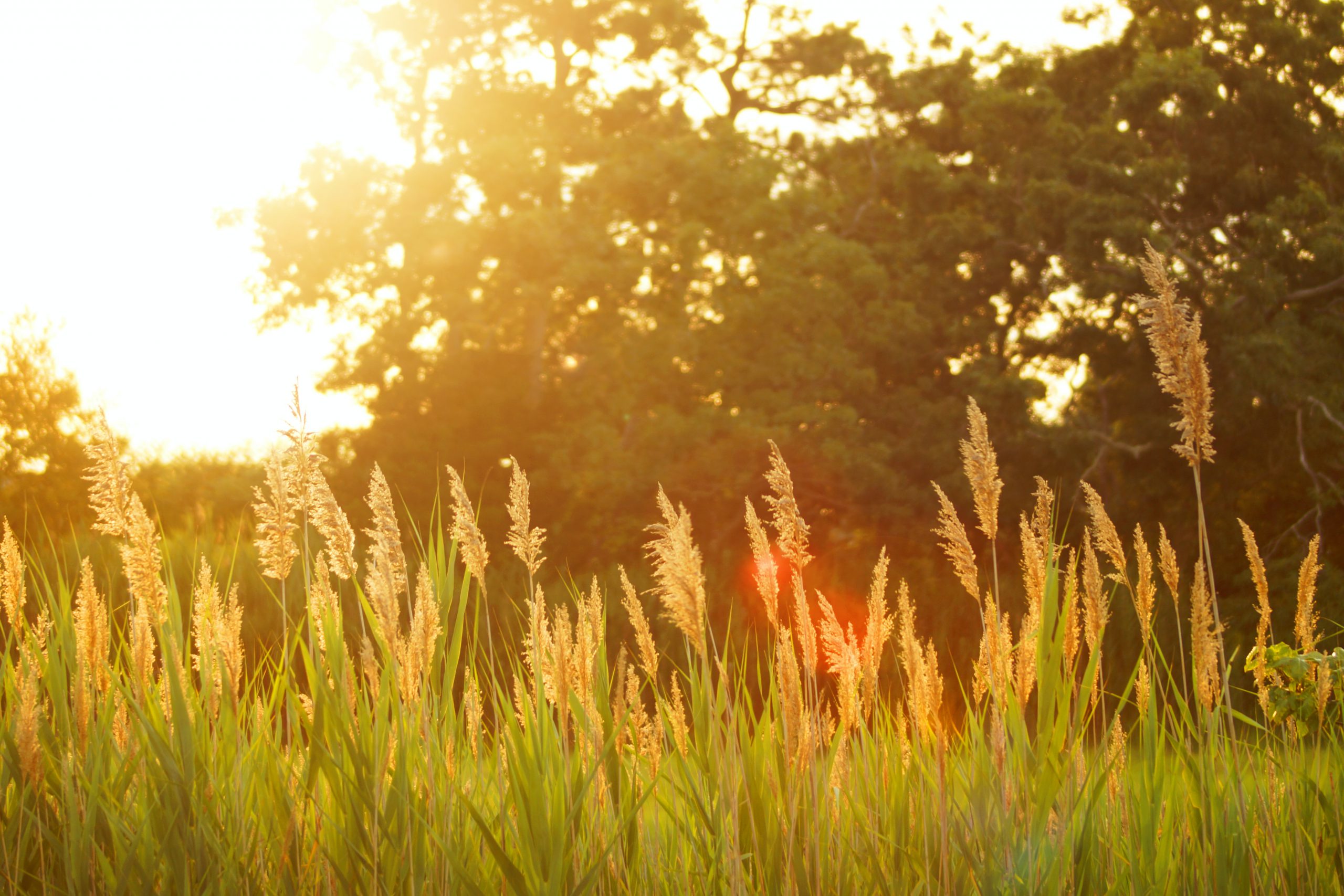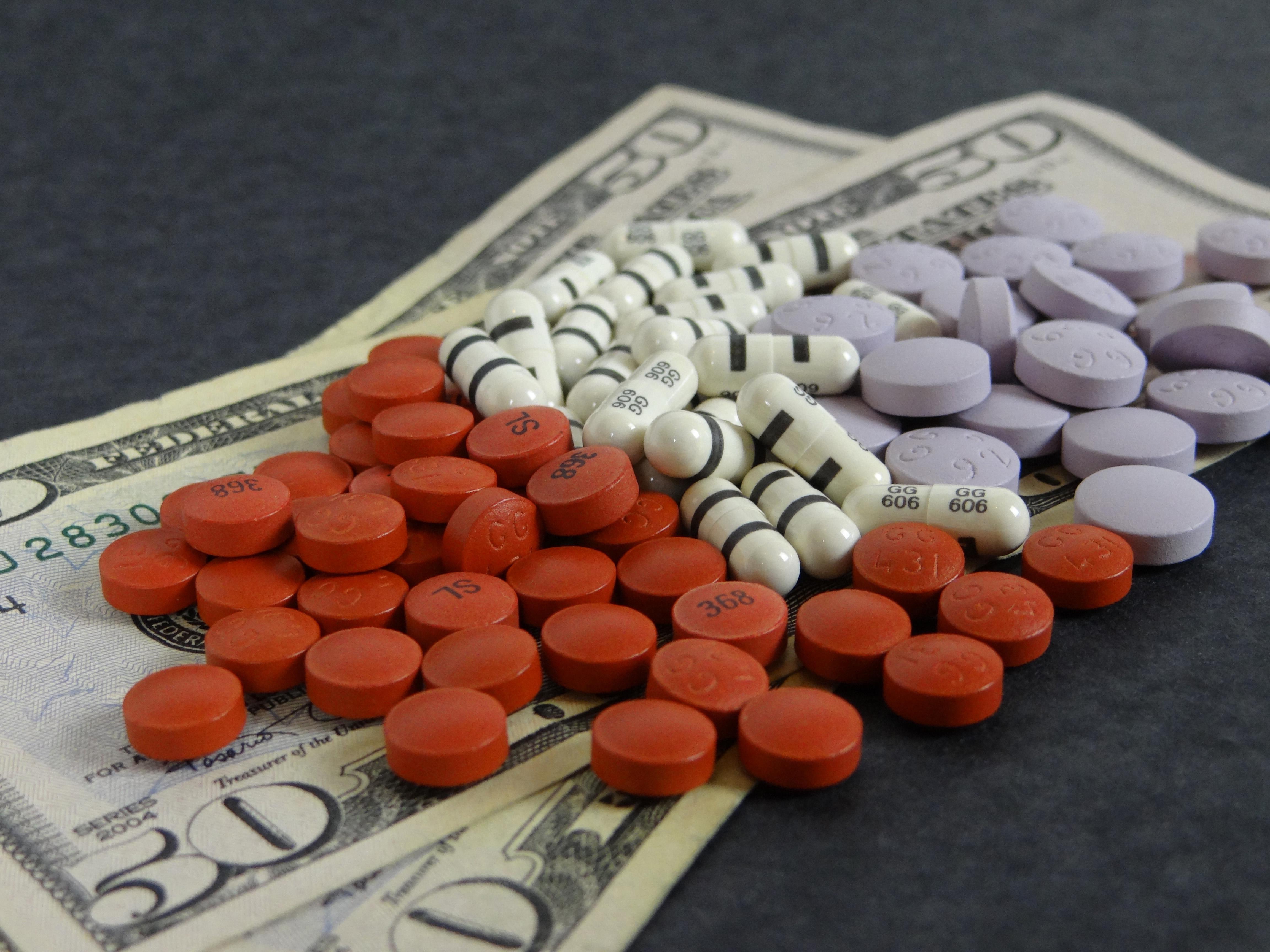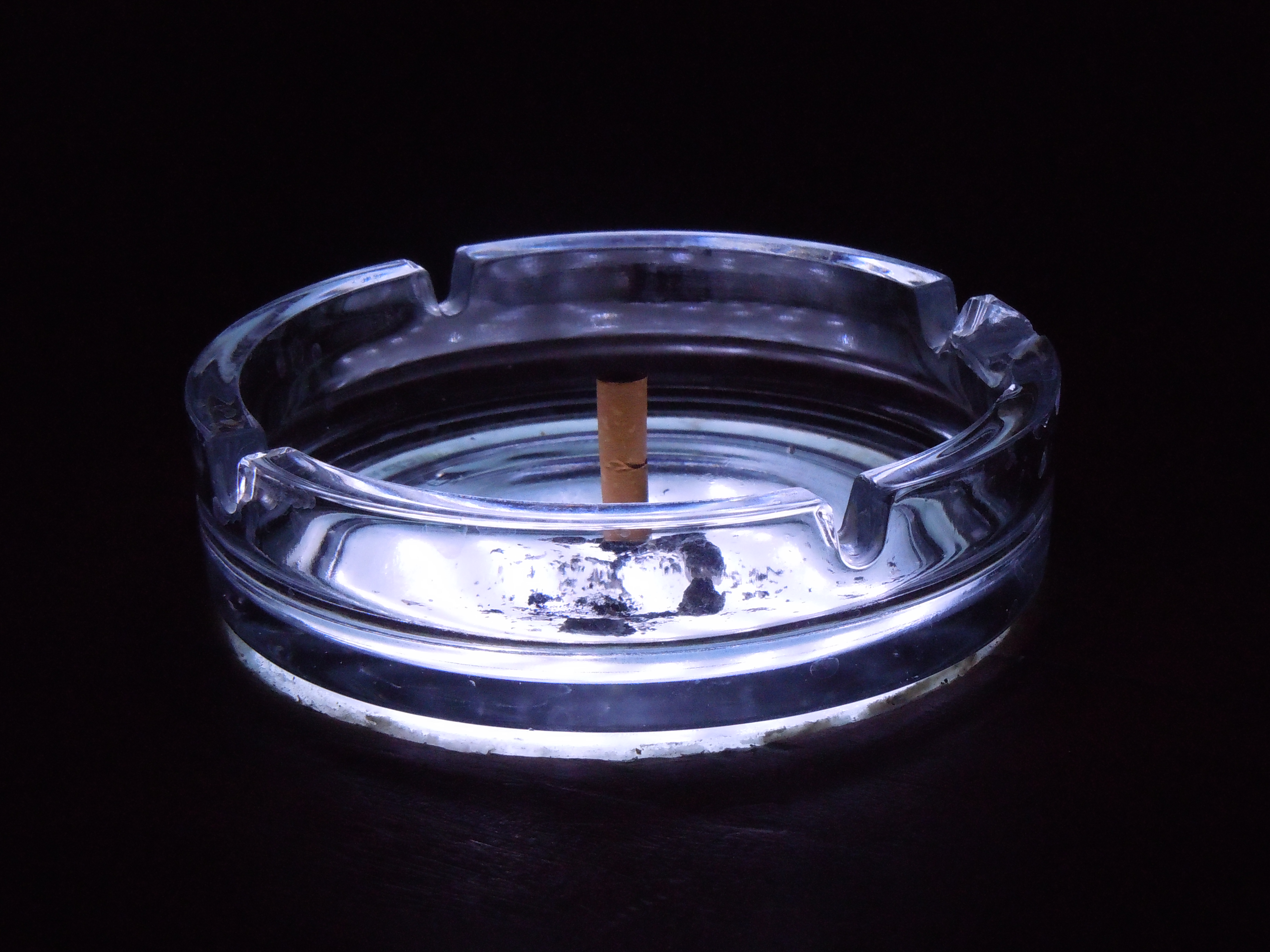Summer has arrived in the United States. Over the following months, it will be important to protect ourselves from the health risks posed by the sun and heat. Regardless of skin color, exposure to the sun carries many dangers to one’s skin — from wrinkles often associated with aging to freckles, sunburns, benign tumors, or cancerous skin lesions. Exposure to heat can also have many negative impacts on one’s health ranging from a rash, exhaustion, fainting, or even death. During the ongoing coronavirus pandemic, being in crowded areas with unvaccinated people — even outside — without appropriate protection measures can pose health risks to those around them.
The Food and Drug Administration (FDA) encourages everyone — especially those with pale skin; blond, red, or light brown hair; or who has a personal or family history of skin cancer — to practice care while in the sun. The sun’s ultraviolet (UV) rays can damage skin in as little as 15 minutes, and the best tool in combating that skin damage is sunscreen. The American Academy of Dermatology suggests applying SPF 30 (at least) liberally 15 minutes before going outside, and to reapply at least every two hours to remain protected.
An often-overlooked risk of summer to health is biting insects. Mosquito- and tick-borne illnesses have increased in the United States in recent years. Mosquitoes can spread viruses like Zika, West Nile, chikungunya, Eastern equine encephalitis (EEE), and dengue; ticks can infect people or pets with Lyme disease, Rocky Mountain spotted fever, and other conditions. People are encouraged to protect themselves by using insect/bug repellent, wearing light colored long-sleeved clothing, and being mindful to check for ticks after spending time outside, especially in wooded areas or in tall grass. Pet owners should use a veterinarian-approved tick collar or preventative medicine to protect their dogs or outdoor cats.
To further protect your skin where sunscreen and bug spray are ineffective, the Centers for Disease Control and Prevention (CDC) suggests wearing long-sleeved shirts and pants when possible, and at least a t-shirt when the heat makes long clothing uncomfortable. Hats and sunglasses also protect vulnerable areas from the sun. Staying in the shade or avoiding the outdoors altogether during the midday hours can also lower one’s risk of skin damage from the sun. Over 600 heat-related deaths occur per year in the U.S. The CDC recommends staying in air-conditioned or climate-controlled areas, taking cool showers or baths, drinking more water than usual to stay hydrated, avoiding alcohol or sugary drinks, and being aware of local weather reports. Climate change increases heat-related health risks all over the country.

The effects of climate change have a tremendous impact on global public health: worsening chronic illnesses, increasing the spread of infectious diseases, disrupting food and water supplies, and increased stress and trauma for people living all over the world. People who are already at risk for poor health due to social and economic factors — poverty, racism, unsafe housing and neighborhoods, and lack of access to quality medical and mental health care — fare worse in a changing climate than those with available resources.
It is vital to know the symptoms of heat-related illnesses such as heat exhaustion or heat stroke. Muscle cramping is often the first sign of heat exhaustion followed by heavy sweating, weakness, clammy skin, fast weak pulse, nausea, and fainting. Heat stroke, a medical emergency, is the diagnosis if body temperature rises above 103°F with rapid and strong pulse or unconsciousness. Call 911 immediately if heat stroke is suspected. In either case, try to cool the person until help arrives. In times of extreme heat, people are encouraged to check on friends and neighbors who are at higher risk to the heat such as people aged 65 and older, infants and children, people with chronic medical conditions, outdoor workers, and people with low income.
For low-income households, there is the Low-Income Home Energy Assistance Program (LIHEAP). The program provides federally-funded assistance in managing costs associated with home energy bills or weatherization, helping those in need stay cool in the summer or warm in the winter. You can find your local LIHEAP service provider on their website.
Nearly every state in the U.S. has dropped mask mandates and social distancing restrictions going into July. Despite claims from early in the pandemic, the summer heat does not have an appreciable effect on the COVID-19. In fact, studies found higher temperatures and humidity are associated with reduced survival of the virus. President Biden’s goal of 70% of all adults to receive at least one dose of the COVID-19 vaccine by July 4th will likely be missed by 2-3%. Several states have reached the goal individually, but others have fallen well behind. Even within states that have surpassed 70% vaccinated, there are communities where less than 25% of the population has received a vaccine — leaving them vulnerable to outbreaks and mutations of the coronavirus.
The shortcomings are based largely on the prevalence of dangerous misinformation, so pervasive that 24% of poll respondents plan to never get vaccinated. Life may seem back to normal as people venture back out to restaurants, beaches, and unmasked summer vacations, but the coronavirus is still putting many lives at risk. Despite the relative success of the Biden administration’s vaccination efforts — especially in his first 100 days in office — herd immunity may not be achievable in the United States if eligible Americans choose not to get vaccinated or globally if vaccines are not made accessible in low-resource nations. The years it may take to achieve herd immunity will likely allow variants of the virus to develop and spread, potentially rendering current vaccines ineffective.
It is important to know the dangers of sun and heat exposure, and that there are resources available for those in need. NeedyMeds has information on national Diagnosis-Based Assistance programs (DBAs) offering testing for those at risk for skin cancer or Lyme disease as well as financial assistance for those already diagnosed. There are even resources for those who have been impacted by COVID-19. For those looking for information on receiving a coronavirus vaccine, eligibility has opened to include nearly all adults and children over 12 years old. Search online for your state’s requirements, area’s locations, and appointment availability. For more help finding information on available assistance, call our toll-free helpline Monday-Friday 9am-5pm Eastern Time at 1-800-503-6897. We hope everyone enjoys the beautiful weather this summer and stays safe and healthy.





